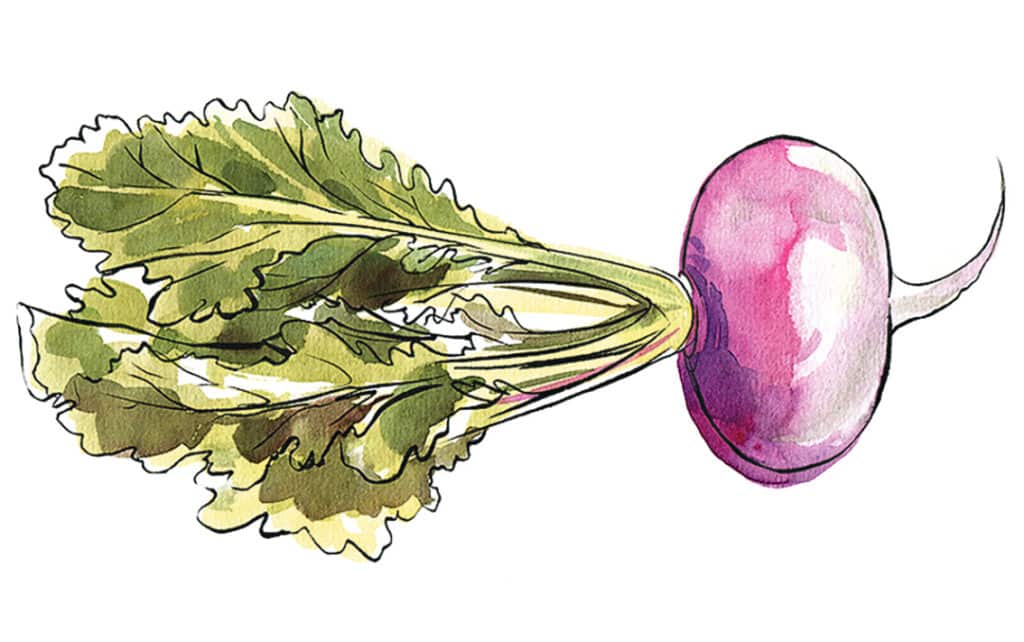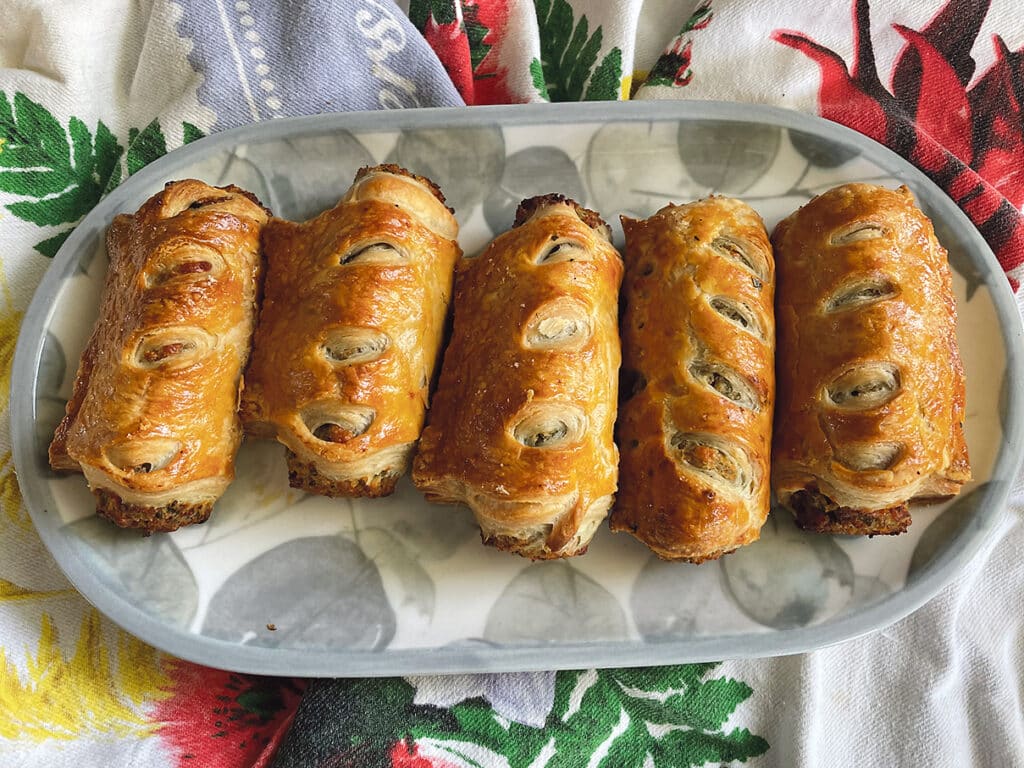
We are all familiar with the swede turnip, more often than not calling it a swede or just a turnip. In Scotland, the swede is called neeps and in France and the US, rutabaga. It is a regular part of winter fare in Ireland, and along with carrots, parsnips, and other brassicas, provides solid nutrition during these months.
They are easy to grow and can be left in the ground over winter, being picked as needed. They are ready to harvest three to four months after planting and grow in any well-drained soil. The one thing they do not like is fresh compost or manure when planted as, like carrots, this will cause them to fork.
It is very nutritious vegetable and a serving of less than four hundred grams contributes eight per cent of our daily protein needs and 36 per cent of dietary fibre. Additionally, it gives a whopping 33 per cent of daily potassium requirements. As well as these valuable nutrients, rutabaga supplies generous amounts of vitamin C, (160 per cent but destroyed/reduced by heat), iron (9pc), Vitamin B6 (20pc), Magnesium (19pc) and calcium (16pc). They are also low in carbs so are a useful part of a low carb diet. Modern research has shown that they are high in antioxidants and anti-cancer compounds. Translating this information into health benefits means that the rutabaga helps against constipation, haemorrhoids, diverticulitis, inflammation, and colorectal cancer. It is also reputed to help in supporting sleep and hunger regulation.
In vernacular medicine the swede was used to treat coughs, be it just a cough, whooping cough, or asthma.
This account comes from Co Mayo: ‘A cough can be cured in the following way:- Get a piece of a swede turnip and make small slices of it. Then put the slices in a saucer, shake a grain of sugar on them and cover them by means of another saucer or deep plate and lave there for a few hours. Then take out the slices and drink a teaspoonful of the juice before your breakfast for fifteen mornings in succession. This cured a severe cough which I had a few weeks ago.’
And from County Tipperary: ‘Slice a swede turnip; add half a pound of brown sugar, and take two or three spoons of the juice when the cough is felt coming on.’
Swede turnips were used to treat chilblains in the following way: Chilblains are easily cured by getting a swede turnip. Cut the cap of the turnip and cutting a hole in the middle of it put a fist of salt in the hole. Then put the cap back on it. Then leave the salt to melt, and rub the juice on the chilblains for a couple of nights.
Moreover, adding salt to a turnip aided the removal of corns: Scoop a hole out of a swede turnip, pit a large spoonful of salt in the hole, leave it there for three days. The liquid, which will have formed at the end of that time, will cure the most obstinate corn. This liquid can be put in a jar and kept covered till required. Then bathe the corn in warm water and apply a small quantity of the liquid night and morning.
The seeds were also used in traditional medicine and when powdered and mixed with camphor oil were reputed to be an effective as a rub to alleviate rheumatism.
Due to its high vitamin C content, the swede turnip also helps in the absorption of vitamin C and this in turn helps to absorb iron.
The swede is also familiar as the ‘jack o’lantern.’ It was hollowed out and a candle or lighted coal placed inside to light the way for the revellers as they proceeded through the streets in scary masks to frighten people. The swede turnip was abandoned as the lantern when the pumpkin was introduced, the latter being much easier to prepare.
When it comes to cooking, swede turnips may be prepared in many different ways, including roasting, boiling, steaming, stir frying and raw in salads.
This common winter vegetable is then a valuable storehouse of nutrients, and unless you suffer from irritable bowel syndrome, (which it may well exacerbate) should be a regular part of the winter diet.



